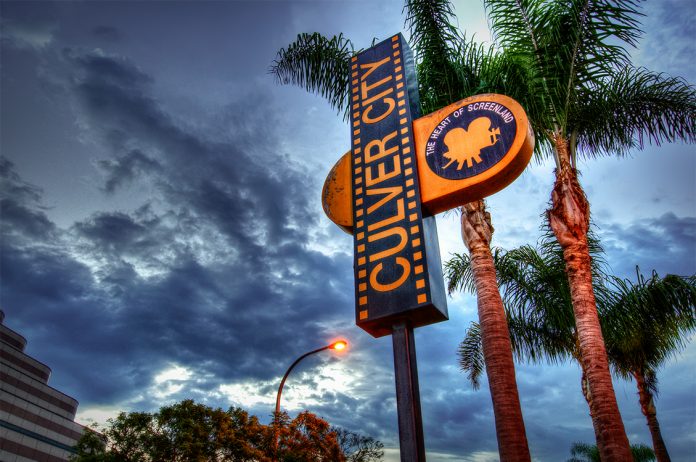Culver City voter participation in the April 12 municipal election reached 23%, the highest turnout on record, according to the city clerk’s office.
While not a sterling number, it far exceeds past years and is higher than other cities have posted in recent elections. By comparison, only 14.2 voter participated in the 2014 city election.
This year, Culver City contracted with SeePolitical, a nonpartisan voter outreach organization that uses catchy slogan and animation to engage voters and explain the often contrived language of ballot measures in terms that are easy to understand.
The decision to partner with SeePolitical was part of “Culver City Counts,” the city’s voter outreach program.
To SeePolitical Founder and Executive Director Nate Kaplan, the results speak for themselves. A former communications director for Los Angeles City Councilman Bill Rosendahl, Kaplan started SeePolitical almost three years ago to educate voters about the state’s often dizzyingly complex ballot propositions through a series of short animated videos. The organization now works with local governments on voter outreach as well.
“Culver City told us that they wanted to improve their voter turnout. So we did some research and came up with a couple of design suggestions for them,” Kaplan said.
City officials settled on “Birdee,” the voter education initiative’s mascot, which was seen on local television in a 30 second animated video during the months before the election.
“Birdee” also appeared inside local buses, on social media and on posters. In addition, there were two animated public service announcement videos that explained to viewers how to register to vote and how to become a poll worker.
“Birdee” was not chosen randomly. “During our research we learned that Culver was an old English name for bird,” Kaplan explained.
SeePolitical won a National Innovation Award last year from the nonprofit Social Venture Network, a membership group for socially responsible businesses. In 2014, television stations KABC and its Spanish language affiliate Univision ran the organization’s videos explaining that year’s June ballot propositions 1, 45, 46 and 47.
City Clerk Martin Cole did not respond to numerous inquiries to comment on this story. But in a Jan. 25, press release, he indicated that he thought the new bird icon had the potential to reach more voters than in past years.
“With voter turnout dropping across the nation, Culver City is looking to ‘buck the trend.’ With ‘Birdee’s’ help, we look forward to improving voter knowledge and participation during this year’s election,” Cole said.
Kaplan was recording an interview in Culver City for a cable television show when Councilwoman Meghan Sahli-Wells happened to be in the building. She was intrigued by the idea of informing the public about voter education through SeePolitical’s cartoons and commercials.
Sahli-Wells, who was running for reelection, introduced Cole to Kaplan and then bowed out of the negotiations.
Prior to being elected to the council, voter turnout had been one of the councilwoman’s pet causes, along with sustainability. “I think partnering with SeePolitical definitely helped our turnout. I think they worked well with the city’s voter education initiative,” Sahli-Wells, who was reelected on April 12.
Kaplan also sees a correlation between the record number and his organization’s involvement. “We know from past experiences that we can reach voters— especially younger voters— through animation,” he said. “People need to be engaged in different ways and we think the elections results show that more voters were engaged.”
Last year Culver City considered an all-mail election as it searched for new approaches to increase voter participation. According to Cole’s office, over 53% of statewide voters use absentee ballots as of 2012 and in Culver City’s most recent municipal election, 63% were absentee or mailed in ballots.
The City Council rejected the all-mail proposal. “My assumptions was that [voting by mail] would boost turnout but after reading the staff report I found out that it didn’t,” Sahli-Wells said. “I have advocated for consolidating elections as a way to get more people to vote but my [council] colleagues didn’t support that.”
Sahli-Wells says having municipal and school board elections during even numbered years— as Westside cities such as Santa Monica elections are structured— would maximize the city’s resource so there would not be elections so closely grouped together, as they are now. Last year, elections for the Culver City Unified School District Board of Education took place in November and five months later voters faced a municipal election.
“I would prefer that we’re not always in campaign mode,” she said with a laugh.
Kaplan said he would not rule out working with Culver City again during election season. “We are looking forward to expanding this program to other cities in California,” he said.
Gary Walker contributed to this story.

